Saint Joseph doughnuts
The doughnuts of St. Joseph are a typical, traditional Italian dessert: some argue that these delicacies celebrate the life of St. Joseph, and that that is why we make them for Father's Day on March 19. Other hypotheses suggest they were invented in Naples, and in fact the first written recipe dates back to 1837 in the discussion of Neapolitan cuisine by Ippolito Cavalcanti. In Neapolitan tradition there are two variants: fried and baked. In both cases, the doughnuts have a circular base of choux pastry (i.e. the dough used for cream puffs) with a central hole, are garnished with a pastry ‘custard’ and decorated with some tasty amarena cherry jam and sprinkled with powdered sugar. You must give this recipe a go on Father's Day - and also at other times of the year: the doughnuts will surprise you with their deliciousness and attractiveness as long as you make them carefully.
Ingredients
Dough
-
water 500 millilitres
-
Italian 00 flour 400 grams White
-
eggs 8 units For the doughnuts
-
butter 50 grams
-
salt
Stuffing
-
egg yolks 3 egg yolks for the ‘crema’
-
sugar 3 tablespoons of sugar
-
potato starch 3 level tablespoons of potato cornflour
-
milk 500 millilitres
Decoration
-
amarena cherries For decoration
Start shopping


Send the recipe
Preparation
Prepare the ‘crema’: get all the ingredients together: 3 eggs (only the yolks), 3 tablespoons sugar, 3 tablespoons of cornflour, 500 grams of milk. Mix the egg yolks and sugar together well in a bowl until smooth. Add the sifted cornflour and blend in well to obtain a smooth mixture. Pour in the milk little by little, stirring constantly. Bring to a boil, stirring constantly. Turn off the heat and allow it to cool, preferably in a glass bowl covered in cling film to avoid the development of a skin. Preparation of the doughnuts (choux pastry): 400 g of flour, 500 g of water, salt, 7-8 eggs (depending on size), 50 g of butter; add the water, a pinch of salt and butter to a saucepan. Heat until the butter melts completely, during which time the water should come to the boil. Remove from the heat and add the flour in one go. Mix thoroughly. Put back on the heat and stir until the mixture forms a ball that comes off the sides. Cool the mixture and add one egg at a time. After adding each egg mix strongly: the mixture will tend to fall apart as you see in the picture, but once absorbed each egg it will reform and eventually look like a type of thick custard. Transfer the mixture into a pastry bag, fitted with a star nozzle. Line a baking tray with parchment paper and squeeze the dough from the pastry bag to get the doughnuts, making a circle for each one. Give the doughnuts plenty of space because they will tend to grow during cooking. Bake in oven for at least 20 minutes at 190 °C. Once cooled garnish with the custard. Serve your doughnuts decorated with sour cherry and a dusting of powdered sugar.
Step by step
|
View the step by step
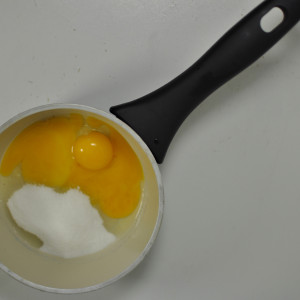
|
Put the egg yolks and sugar in a saucepan
|
|
View the step by step
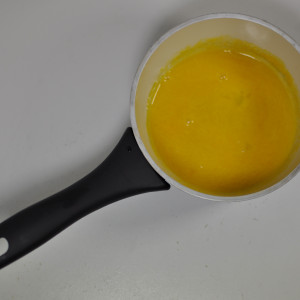
|
Blend well to form a smooth consistency
|
|
View the step by step
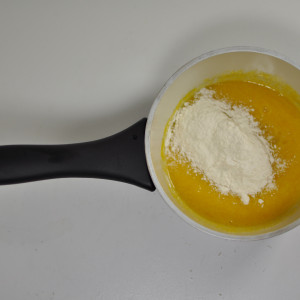
|
Add the sifted cornflour
|
|
View the step by step
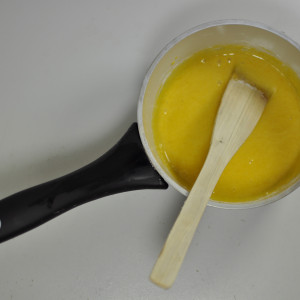
|
Mix very carefully to obtain a blend free of lumps
|
|
View the step by step
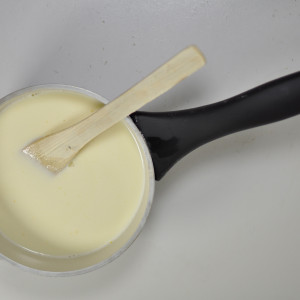
|
Slowly pour in the milk stirring continually
|
|
View the step by step
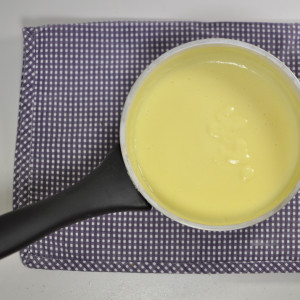
|
Bring to the boil, stirring continually. Take of the heat and leave to cool, preferably in a glass bowl covered with cling film to avoid the formation of skin
|
|
View the step by step

|
Prepare all the ingredients: 400g flour, 500g of water, fine salt, 7-8 eggs (depending on their size), 50g butter
|
|
View the step by step

|
Put the water, a pinch of salt and the butter. Heat until the butter melts completely, during which time the water should come to the boil.
|
|
View the step by step
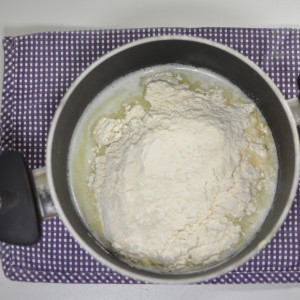
|
Take off the heat and then add all the flour in one go. Mix vigorously
|
|
View the step by step

|
Put back over a moderate heat and mix until the dough comes away from the sides of the pan
|
|
View the step by step

|
Cool the mixture and add one egg at a time. After adding each egg mix strongly: the mixture will tend to fall apart as you see in the picture, but once absorbed each egg it will reform and eventually look like a type of custard.
|
|
View the step by step
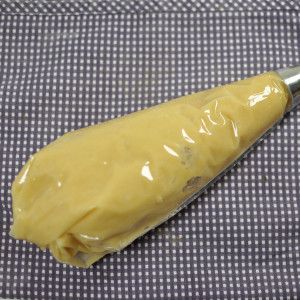
|
Transfer the mixture into a pastry bag, fitted with a star nozzle.
|
|
View the step by step
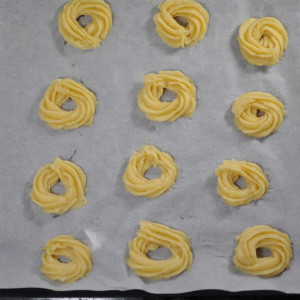
|
Line a baking tray with parchment paper and squeeze the dough from the pastry bag to get the doughnuts, making a circle for each one. Give the doughnuts plenty of space because they will tend to grow during cooking.
|
|
View the step by step
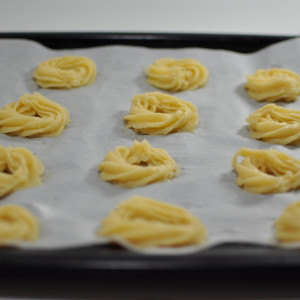
|
Bake in the oven at 190°C for at least 20 minutes
|
|
View the step by step
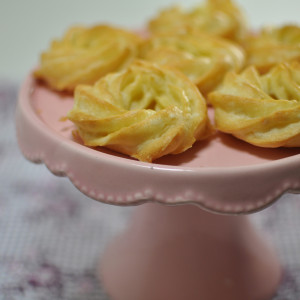
|
The doughnuts are cooked: leave to cool
|
|
View the step by step
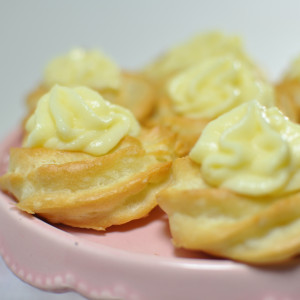
|
Once cooled, garnish with the custard
|
|
View the step by step
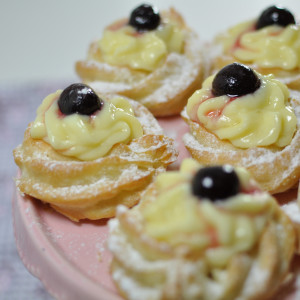
|
Serve your doughnuts decorated with sour cherries and a sprinkling of icing sugar
|



